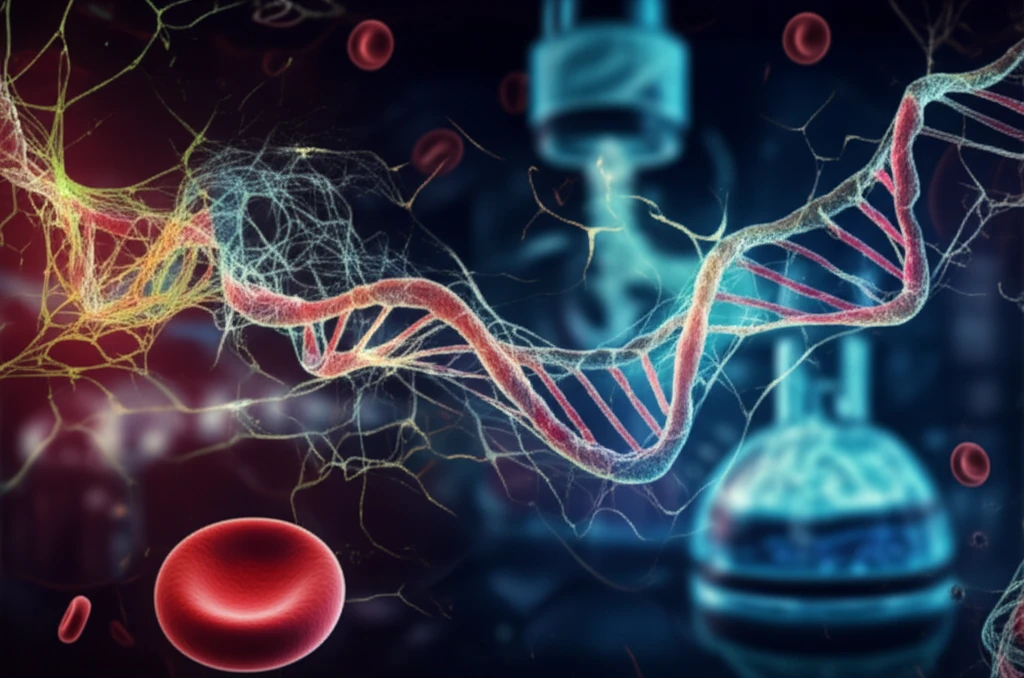
Unlocking NETs: A Revolutionary Blood Test to Detect Hidden Inflammation
"Discover how a new high-throughput blood test is changing the game in detecting neutrophil extracellular traps (NETs) and offering hope for autoimmune disease management."
In the ongoing battle against disease, detecting the enemy early is half the victory. Imagine if doctors could spot hidden signs of inflammation lurking within your body, signs that could signal the onset of autoimmune diseases or other serious health issues. This is the promise of a revolutionary new blood test focusing on neutrophil extracellular traps, or NETs.
Neutrophils, the most abundant type of white blood cell, are your body’s first line of defense against infection. When activated, these cells can release NETs—web-like structures composed of DNA and antimicrobial proteins—to trap and kill pathogens. But sometimes, this process goes awry, and NETs contribute to inflammation and tissue damage, particularly in autoimmune diseases like lupus.
Traditionally, detecting NETs has been a cumbersome process, relying on methods like fluorescence microscopy, which are subjective, time-consuming, and provide limited data. But now, a team of researchers has developed a high-throughput flow cytometry-based assay that promises to change the game in NET detection, offering a faster, more accurate, and observer-independent way to spot these hidden signs of inflammation.
What Are NETs and Why Should You Care?

NETs, or neutrophil extracellular traps, are essentially webs of DNA and proteins that neutrophils expel to capture and neutralize pathogens. Think of them as sticky nets that trap bacteria, fungi, and viruses. However, in certain conditions, the release of NETs can become overactive or improperly regulated, leading to chronic inflammation and damage to healthy tissues. This is where NETs become implicated in a variety of diseases.
- Systemic Lupus Erythematosus (SLE): Defective NET degradation is associated with increased risk of lupus nephritis.
- Rheumatoid Arthritis: NETs contribute to joint inflammation and damage.
- Vasculitis: NETs can damage blood vessel walls, leading to inflammation.
- Other Autoimmune Conditions: Emerging research suggests NETs may play a role in other autoimmune diseases.
The Future of NET Detection: A New Era in Diagnostics?
The development of this high-throughput flow cytometry assay marks a significant step forward in our ability to detect and quantify NETs. By providing a rapid, accurate, and observer-independent method for NET detection, this new assay has the potential to transform diagnostic and treatment strategies for a wide range of diseases. As research continues to uncover the intricate roles of NETs in health and disease, this innovative blood test could unlock new avenues for personalized medicine, enabling healthcare professionals to tailor treatments to target NET-related inflammation and improve patient outcomes.
